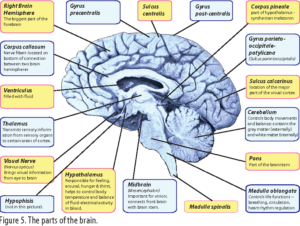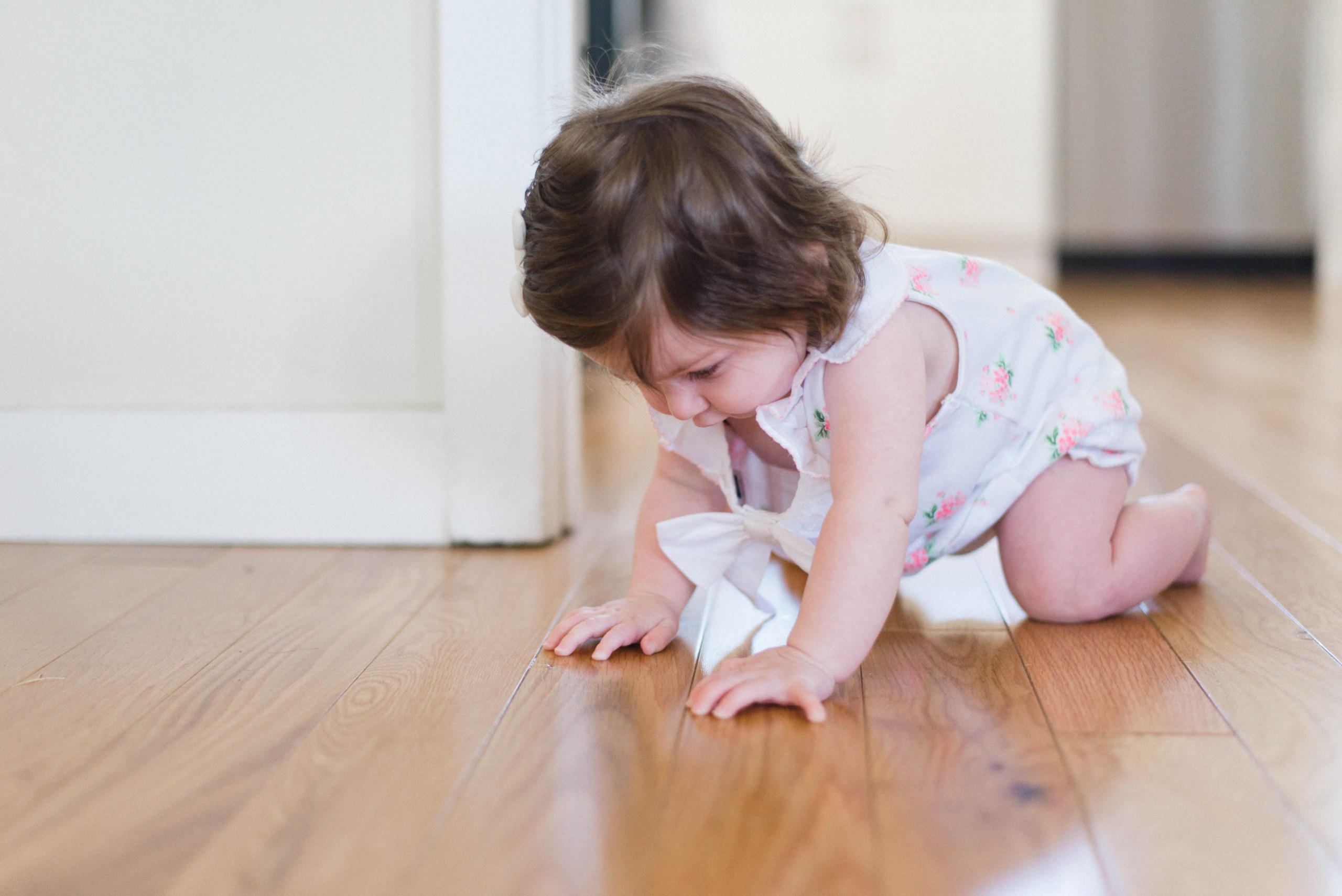All individuals are born with primitive reflexes, which are the body’s natural response to movements and reactions to stimuli. As a person age’s, these reflexes integrate with the body, or they disappear. When these reflexes do not integrate or disappear, additional problems may arise. These problems could result in delayed development or even behavior difficulties.
The good news is that there are signs associated with reflexes that are lingering past the typical age. Some include poor balance, difficulty with coordination, difficulty with crossing midline, difficulty with crawling, “W” sitting, over-reactive/hypervigilant to sounds and lights, difficulty with remaining in seated position, toe walking, and difficulty with sitting back against a chair. Additional signs/symptoms include hypersensitive to textures (clothing), constant fidgeting, bed-wetting/bladder control difficulties, increased tension in hands/mouth when doing fine motor task or talking, and messy eating/sensitive to textures of food.
 Within occupational therapy sessions, these signs and symptoms are addressed to assist with the advancement of development by completing different exercises and learning about different coping mechanisms. With the help of therapy sessions as well as tasks to complete at home, these reflexes can be diminished. Therapy sessions will focus on the problem areas to work on speed, coordination, strength, and fine motor control. Over time, these signs/symptoms will improve, enhancing a child’s overall quality of life.
Within occupational therapy sessions, these signs and symptoms are addressed to assist with the advancement of development by completing different exercises and learning about different coping mechanisms. With the help of therapy sessions as well as tasks to complete at home, these reflexes can be diminished. Therapy sessions will focus on the problem areas to work on speed, coordination, strength, and fine motor control. Over time, these signs/symptoms will improve, enhancing a child’s overall quality of life.
Referral from a medical provider is needed for occupational therapy to address primitive reflexes. Please discuss your child’s signs/symptoms with your primary care provider if you feel they are behind or struggling with some of the above stated symptoms.
Lynae Petersen, MS, OTR/L
Bowdle Healthcare Center
